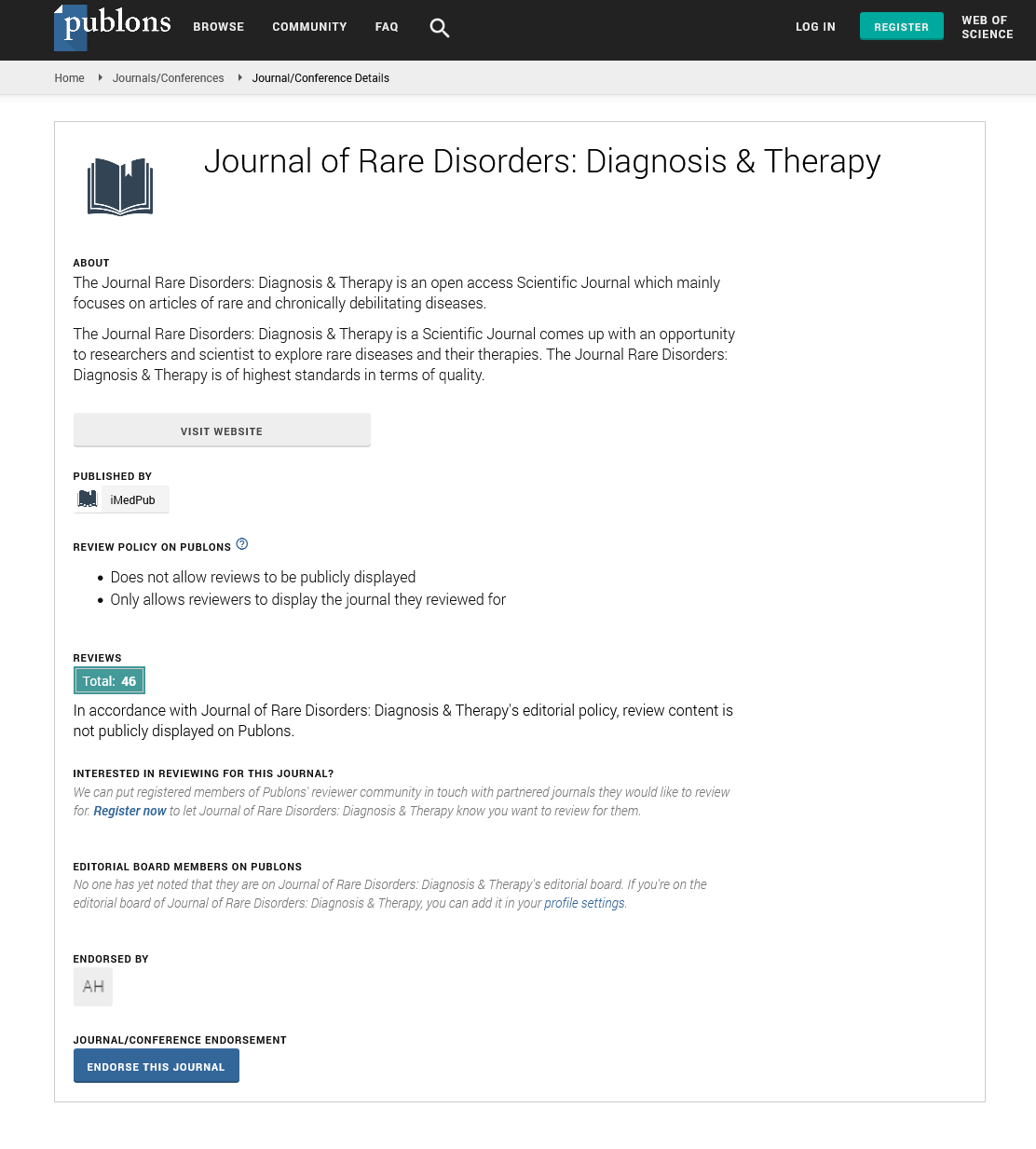Abstract
Craniosynostosis associated with Partial Monosomy 2q37.3 and Partial Trisomy 5q35 including MSX2
Context: Craniosynostosis, the premature fusion of one or more cranial sutures, is a common birth defect occurring either as an isolated malformation or in a syndromic context. Point mutations in known craniosynostosis genes detectable by Sanger sequencing account for only 20 % of craniosynostosis cases. In addition, chromosomal rearrangements i.e. deletions and duplications have been reported as a genetic cause for craniosynostosis. Among others partial trisomies 5q are associated with syndromic craniosynostosis. Case Report: We report on a 7-year-old girl presenting with unilateral coronal and lambdoid craniosynostosis, microcephaly, craniofacial dysmorphisms and developmental delay. Initial sequencing analyses of the craniosynostosis associated genes FGFR3 (exon 7), TWIST1, and TCF12 did not detect any point mutations. Since chromosomal rearrangements may cause syndromic craniosynostosis we performed high resolution microarray-based comparative genomic hybridization (array CGH) to investigate genome-wide for gains and losses. This analysis detected a 2q37.3 deletion and a 5q35 duplication encompassing the gene MSX2. MSX2 is involved in cranial development and gain-of-function mutations have been reported in craniosynostosis. Conclusions: Our case confirms previous reports of association of distal trisomy 5q resulting in an extra copy of MSX2 with syndromic craniosynostosis. Furthermore, it emphasizes the benefit of array CGH in genetic diagnostics of craniosynostosis patients, particularly in case of unclear syndrome classification due to clinical variability.
Author(s):
Eva-Maria Konig, Laura Engmann, Wolfram Kress, Axel Quattlander, Tilmann Schweitzer and Eva Klopocki
Abstract | Full-Text | PDF
Share this

Google scholar citation report
Citations : 241
Journal of Rare Disorders: Diagnosis & Therapy received 241 citations as per google scholar report
Journal of Rare Disorders: Diagnosis & Therapy peer review process verified at publons
Abstracted/Indexed in
- Google Scholar
- China National Knowledge Infrastructure (CNKI)
- Directory of Research Journal Indexing (DRJI)
- Publons
- International Committee of Medical Journal Editors (ICMJE)
- Secret Search Engine Labs
- Euro Pub
Open Access Journals
- Aquaculture & Veterinary Science
- Chemistry & Chemical Sciences
- Clinical Sciences
- Engineering
- General Science
- Genetics & Molecular Biology
- Health Care & Nursing
- Immunology & Microbiology
- Materials Science
- Mathematics & Physics
- Medical Sciences
- Neurology & Psychiatry
- Oncology & Cancer Science
- Pharmaceutical Sciences


